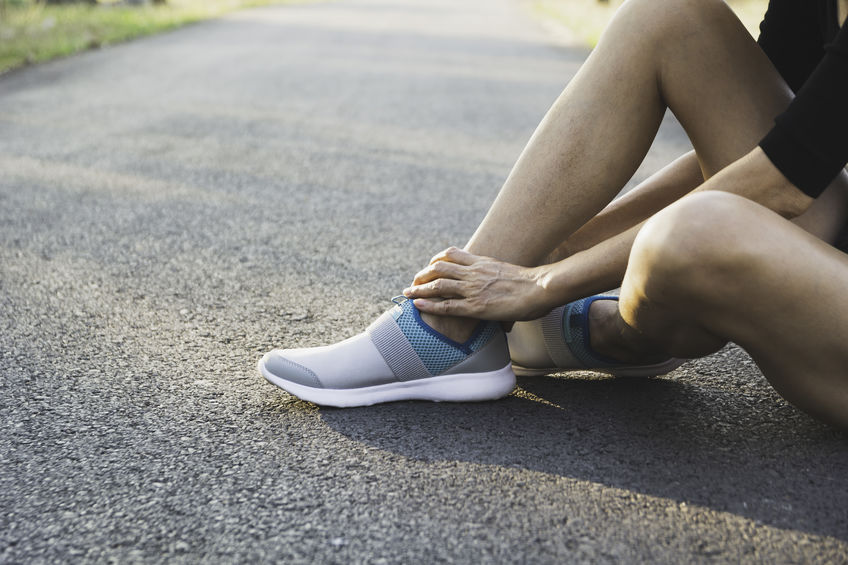Differentiating Hip Pain
Leading an active lifestyle and playing sports can lead to injuries in and around the body’s major joints. Some may feel minor, but others can lead to long-term damage. The psoas muscle, located in the lower abdomen, is vital in hip flexion and movement. When this muscle becomes strained or irritated, the result is often intense pain and discomfort. This injury is often confused with tight hip flexors. When considering whether to see an orthopedic surgeon, understanding the differences between a psoas tear and tight hip flexors is essential.
Psoas tear vs tight hips
Also known as the iliopsoas, the psoas is a deep core muscle that connects the upper and lower body. The muscle connects the thoracic spine to the femur and contributes to trunk, hip, and leg movement. This vital muscle can become injured due to repetitive motion, a collision, or stress. A psoas tear occurs when this muscle experiences a sudden forceful stretch or strain beyond normal limits. Tight hip flexors are different from a psoas tear and are typically caused by prolonged sitting or lack of activity. Depending on how long the person has been sedentary, mild to severe muscle tightness can occur.
Causes and symptoms of psoas tears
Any activity involving running or jumping can put a person at risk of a psoas tear. During physical activity, the muscle responsible for flexing the hip becomes overstretched and tears. This type of injury can vary in severity and cause different pain levels. Overtraining or activities involving quick movements can also lead to tears. Poor stretching techniques and weak core muscles increase the risk of injury. Common symptoms of a psoas tear include hip tenderness, dull aches within the hip, discomfort in the thighs, and trouble standing or sitting.
What about tight hip flexors?
The most common cause of tight hip flexors is physical inactivity, such as sitting without movement or exercising for long periods. This reduces flexibility in the hips and weakens the muscles, leading to tension and pain. Poor posture when sitting or standing can also contribute to this issue, straining the muscles around the hips. Muscle imbalances due to an uneven distribution of strength or overuse of specific muscles while working out may also contribute to tightness in this area. In some cases, medical conditions such as arthritis may also be responsible for causing tightness in the hip flexor muscles.
Treating tightness and tears
For many people, psoas tears and tight hip flexors can be painful, limiting mobility and making day-to-day activities difficult. However, there are a variety of treatment methods available that provide relief from these symptoms. Physical therapy (PT) is the most common method of hip tightness or tears. During PT, an individual may be prescribed stretching, strength training, and core stability work. These exercises will help strengthen the muscles around the affected area and increase flexibility in the joint itself. Massage therapy, steroid injections, platelet-rich plasma (PRP), and other regenerative medicines may also help.
Time to see a surgeon?
Anyone with hip pain should recognize the difference between a tear and tight hip flexors, as both involve different treatments. An orthopedic surgeon can help diagnose the issue accurately and provide the most appropriate treatment plan. If there is a known accident or collision, for instance, during sports, see the surgeon immediately. Likewise, if symptoms of either condition persist for more than a few days, seek advice from a medical professional.
Back to action
Reducing pain is the main priority for people with tight hip flexors or a psoas tear. Symptoms may be similar initially, but an orthopedic surgeon can provide an accurate diagnosis. Both conservative and surgical treatment can lead to a better quality of life, getting people back to action sooner.



